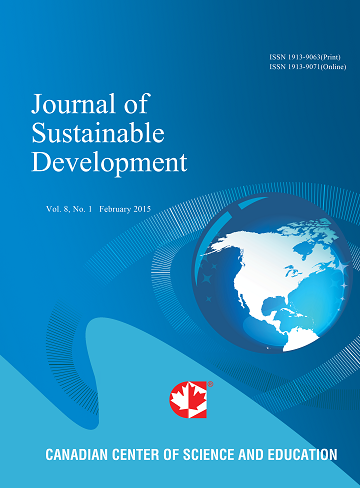Diversity of Waterbirds in Chobe River, Botswana
- Reneilwe Dipheko
- Keoikantse Sianga
- Tirelo Shabane
- Elford Seonyatseng
- Emmanuel Letebele
- Lorato Esele
- Swaratlhe Setshwane
- Mokgweetsi Fane
- Rollen Letlole
- Babusi Latiwa
- Gabriel Mpiping
- Modiegi Bakane
- Leyani Pusoetsile
- Ednah Kgosiesele
Abstract
The Chobe Riverfront has a higher diversity of large mammalian species. This study investigated the seasonal variation in the waterbirds diversity along the Chobe River, Botswana, from 2019 to 2025. Eight ground count surveys conducted from a vehicle were done during the wet and dry seasons across these years. Observers used binoculars and the naked eyes to count birds in the mornings. The Shannon-Wiener Diversity index was used to compute the seasonal species diversity, with ANOVA applied to test for significant differences of the diversity indices between years and seasons. The analyses suggested that the Chobe River has a higher diversity of waterbirds, but with no significant differences in diversity between the wet and dry seasons and years. Results showed that more family groups were recorded in the wet season, with ducks, geese, storks, pochards, cormorants, darters, herons, egrets, and bitterns being most abundant. In the dry season, the most abundant species included herons, egrets, bitterns, lapwings, jacanas, storks, ducks, and geese. This study demonstrates the importance of the Chobe River as an important bird area and its management is significant for the conservation of many avian species in the region.
- Full Text:
 PDF
PDF
- DOI:10.5539/jsd.v18n4p106
Journal Metrics
h-index (2017): 33
i10-index (2017): 81
h5-Index (2017): 18
h5-Media (2017): 25
Index
- Academic Journals Database
- ACNP
- AGRICOLA
- ANVUR (Italian National Agency for the Evaluation of Universities and Research Institutes)
- Berkeley Library
- CAB Abstracts
- CNKI Scholar
- COPAC
- CrossRef
- DTU Library
- EBSCOhost
- Elektronische Zeitschriftenbibliothek (EZB)
- EuroPub Database
- Excellence in Research for Australia (ERA)
- Genamics JournalSeek
- GETIT@YALE (Yale University Library)
- Ghent University Library
- Google Scholar
- Harvard Library
- INDEX ISLAMICUS
- Infotrieve
- Jisc Library Hub Discover
- JournalGuide
- JournalTOCs
- LOCKSS
- Max Planck Institutes
- MIAR
- Mir@bel
- NewJour
- Norwegian Centre for Research Data (NSD)
- Open J-Gate
- PKP Open Archives Harvester
- Pollution Abstracts
- Publons
- Pubmed journal list
- RePEc
- ROAD
- SafetyLit
- Scilit
- SHERPA/RoMEO
- Standard Periodical Directory
- Stanford Libraries
- UCR Library
- Ulrich's
- UniCat
- Universe Digital Library
- UoS Library
- WJCI Report
- WorldCat
- WorldWideScience
- Zeitschriften Daten Bank (ZDB)
Contact
- Sherry SunEditorial Assistant
- jsd@ccsenet.org
